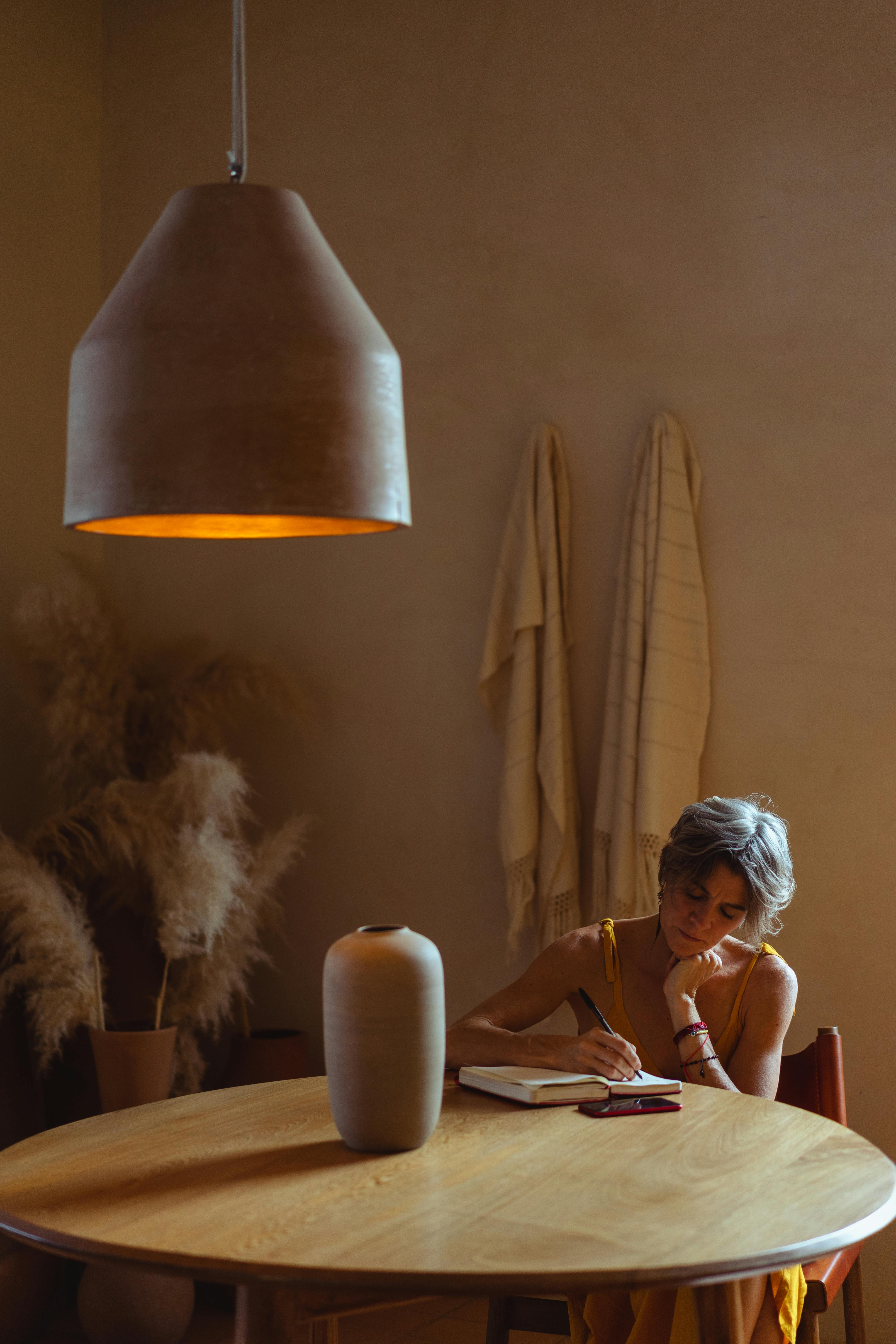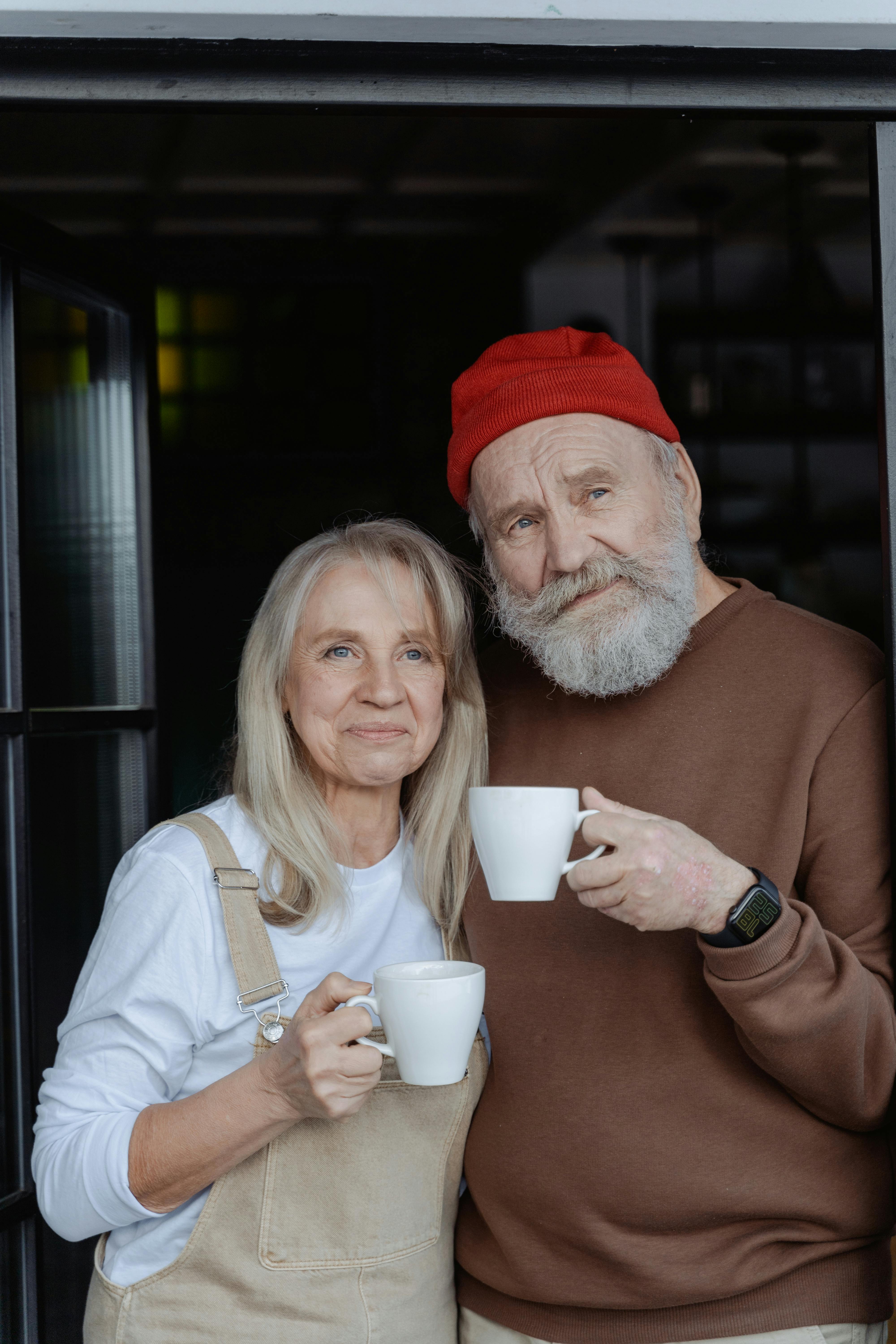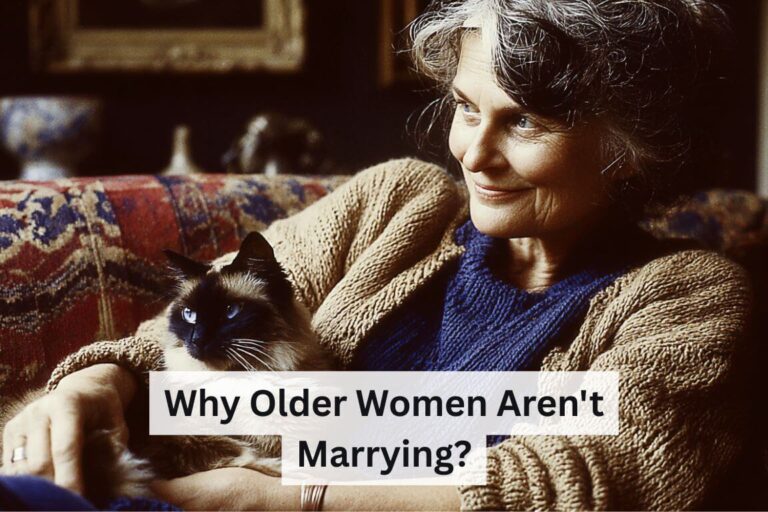Something extraordinary is happening across America. While dating apps buzz with activity and wedding planners stay booked, a growing demographic has quietly stepped away from the altar altogether.
Women over 50 are choosing singlehood at unprecedented rates, and the statistics tell a compelling story.
According to recent research from the National Center for Family & Marriage Research, the remarriage rate was approximately 25.1 remarriages per 1,000 men and women eligible to remarry in 2019, representing a 50% decrease from the 1990 remarriage rate.
Even more striking? The remarriage rate is consistently higher for men (35.1) than women (19.4).
This isn’t just a trend – it’s a cultural shift that reflects a profound transformation in how women view independence, partnership, and life fulfillment.
The reasons behind this movement reveal deep insights about modern womanhood, financial autonomy, and the evolving definition of happiness.
Financial Freedom
The most significant driver behind this shift is women’s growing economic independence. Gone are the days when marriage was a financial necessity.
The days of women being financially dependent on their spouses are fading, and more women are financially secure on their own.
Women will hold greater economic power and with this financial autonomy comes the freedom to choose partnership on their own terms, including not remarrying.
This economic empowerment has created a new reality where women can evaluate potential partnerships through an entirely different lens.
They’re not seeking someone to provide for them; they’re looking for someone who adds genuine value to an already fulfilling life.
The question has shifted from “Can he support me?” to “Does he enhance my happiness?”
Many women express concern about the practical implications of remarriage on their financial security.
The idea of merging finances or dealing with complicated legal issues, like inheritance, doesn’t sound very appealing, especially if we’ve been through it all before.
When you’ve spent decades building retirement funds, accumulating assets, and establishing financial stability, the prospect of potentially complicating or jeopardizing that security becomes a significant deterrent.

The Evolution of Priorities
Life experience has a way of clarifying what truly matters. Women who have navigated marriage, divorce, or widowhood often emerge with a refined understanding of their own needs and desires.
They’ve learned to differentiate between companionship and codependency, between love and convenience.
At this point in life, I’ve created a world that I love. My days are filled with the things that bring me joy, like spending time with friends, being with family, or pursuing hobbies that make me happy.
Whether it’s trying my hand at painting or going on long walks with my dog, I’ve learned that having a husband isn’t essential for a fulfilling life.
This sentiment reflects a broader understanding that happiness doesn’t require a romantic partner to validate or complete it.
Women are discovering that self-sufficiency can be deeply satisfying. They’re investing in friendships, pursuing passions, traveling, volunteering, and exploring interests that may have been sidelined during earlier relationships.
The Caregiver Fatigue Factor
One of the most poignant reasons women cite for avoiding remarriage is what researchers call “caregiver fatigue.”
They are reluctant to form a new union, particularly a remarriage, because of the gendered expectations for caregiving.
They already cared for a husband and children during their marriage and are not eager to repeat this experience, preferring instead to go solo.
This reality reflects decades of shouldering disproportionate domestic and emotional labor. Many women have spent their adult lives caring for children, aging parents, and spouses.
The prospect of potentially becoming a caregiver again – particularly to an aging male partner – lacks appeal when they could instead focus on their own health, interests, and well-being.
Many of us have already cared for children, aging parents, or both.
The idea of stepping into another relationship where I might end up as a “nurse or a purse” is not something I’m eager to embrace. This frank assessment highlights how past experiences shape future choices.
Past Experiences Shape Future Decisions
Whether through divorce or widowhood, women’s previous relationship experiences profoundly influence their perspective on remarriage.
Previous experiences, whether positive or negative, also shape a woman’s perspective on remarriage.
Those who’ve endured challenging marriages might find it hard to contemplate going through another one, while widows might find solace and contentment in their memories and independence.
For some women, marriage simply isn’t a novel experience anymore.
For women who’ve been married before, sometimes more than once, the idea of going through it all again just isn’t appealing. They’ve already experienced it, and for some, that chapter is simply closed.
Widows often face a unique dynamic where honoring the memory of a deceased spouse becomes part of their identity.
They may find peace in their memories and feel that remarrying would somehow diminish or complicate those precious recollections.

The Quest for Genuine Connection
When older women do consider romantic partnerships, their criteria have evolved significantly. There’s often a different perspective on love and companionship for women in their 60s.
It’s not just about finding someone to share finances or a household with, but about genuine connection, shared values, and intellectual compatibility.
Women are seeking partners who are emotionally available, supportive, and respectful of their autonomy.
This elevated standard reflects emotional maturity and self-awareness.
Women no longer feel compelled to settle for relationships that don’t meet their fundamental needs for respect, understanding, and genuine companionship.
They’ve learned that being alone is preferable to being in an unfulfilling relationship.
The Demographics Game
The mathematics of midlife dating create additional challenges. Research shows that men are much more likely than women to have taken the plunge again.
In 2013, some 64% of eligible men had remarried, compared with 52% of women.
This disparity partly reflects the reality that men’s tendency to seek out younger partners for remarriage can limit options for women seeking age-appropriate companions.
The dating landscape itself has changed dramatically, with many women finding modern dating culture exhausting rather than exciting.
From online apps to awkward setups, many older women find dating to be more exhausting than exciting. If the path to marriage requires too much drama, they’d rather opt out.
Alternative Relationship Models
Interestingly, rejecting remarriage doesn’t mean rejecting companionship altogether. Many women are embracing alternative relationship models that provide emotional connection without legal entanglement.
Having a life partner doesn’t always require a ring. Plenty of older women enjoy long-term relationships or close friendships without feeling the need to formalize it legally or socially.
Emotional connection? Yes. Legal contract? Not necessarily.
This approach allows women to maintain their independence while still enjoying meaningful relationships.
They can choose intimacy on their own terms without compromising their autonomy or financial security.
The Peace Dividend
Perhaps most significantly, many women describe their choice to remain single as a conscious decision to prioritize peace over pressure.
After past experiences with conflict, control, or emotional strain in former marriages, many women realize that peace of mind is more fulfilling than constant compromise.
This represents a profound shift in how women view their worth and priorities.
They’re choosing emotional tranquility over social expectations, personal growth over traditional roles, and self-determination over conventional partnerships.

Redefining Success and Fulfillment
The narrative that unmarried women are somehow incomplete or unsuccessful is being challenged by this demographic shift.
Love and fulfillment can come from grandchildren, travel, volunteering, faith, hobbies, or deep friendships.
Women are demonstrating that a rich, meaningful life doesn’t require a romantic partner as its centerpiece.
This isn’t about rejecting love or companionship – it’s about expanding the definition of what constitutes a successful, fulfilling life.
These women are pioneers in showing that happiness comes in many forms and that traditional relationship models aren’t the only path to contentment.
What This Means for Society
The trend of older women choosing not to remarry reflects broader changes in society’s understanding of gender roles, independence, and success.
It challenges long-held assumptions about what women need to be happy and fulfilled.
This demographic is quietly revolutionizing the concept of aging, showing that later life can be a time of growth, freedom, and self-actualization rather than decline or dependence.
Their choices also highlight the importance of financial literacy and independence for women of all ages.
The freedom to choose singlehood is, fundamentally, a privilege that comes with economic security.
Looking Forward
As this trend continues, society will need to adapt to accommodate the growing population of single older women.
This includes everything from housing options designed for independent living to social structures that don’t assume couplehood as the default state.
The women leading this quiet revolution aren’t making these choices out of bitterness or resignation. Older women aren’t remarrying not because of bitterness or loneliness. It’s often about clarity, freedom, and self-assurance.
After a life of giving, balancing, compromising, and carrying others, many of these women are now choosing themselves, unapologetically.
Their message is clear: fulfillment doesn’t require a partner’s validation, happiness doesn’t demand romantic love, and a life well-lived can take many different forms.
They’re writing their own stories, on their own terms, and finding joy in the freedom to do exactly that.
This shift represents more than just changing marriage statistics. It’s evidence of women’s growing confidence in defining success for themselves. And perhaps that’s the most powerful revolution of all: the simple but radical act of choosing yourself.


